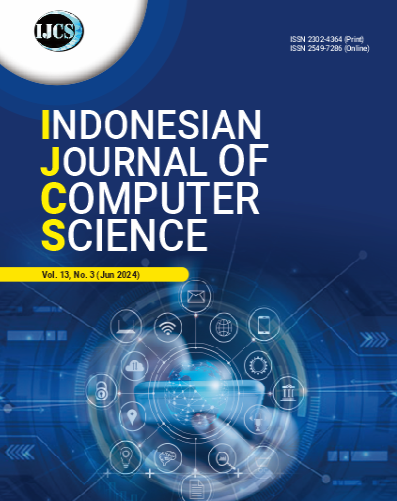The Feasibility Study of a Solar Power Plant at Building B, Universitas Multimedia Nusantara
DOI:
https://doi.org/10.33022/ijcs.v13i3.3977Keywords:
Carbon footprint, renewable energy, PVSyst, electricity consumption, system operation periodAbstract
The use of environmentally friendly energy resources is becoming increasingly important in reducing the carbon footprint of buildings. One approach is to integrate solar power generation into the building's energy system. This research aims to reduce the carbon footprint by replacing conventional electricity sources with environmentally friendly renewable energy sources and integrating energy sources without disrupting the productivity of activities in Building B of Universitas Multimedia Nusantara (UMN). This study encompasses several key parameters, including the limited use of solar panels in Building B of UMN and simulations conducted using PVsyst software with shadow-free assumptions and solar panel orientation facing north. Additionally, the research considers the potential production of clean energy from available utilization areas, including the roof and fifth-floor balcony of Building B. This feasibility study also includes an analysis of electricity usage over three months, with electricity consumption sourced from PLN. The analysis results show that the use of solar panels can yield long-term economic benefits, with capital costs recoverable within 20 years. However, further review is needed regarding potential system losses, costs, and the addition of energy storage options. Cost calculations need to be adjusted to consider building owner profitability for more accurate results. This study only considers profits without accounting for repair and maintenance costs over the 20-year system operation period.
Downloads
Published
Issue
Section
License
Copyright (c) 2024 Fahmy Saputri

This work is licensed under a Creative Commons Attribution-ShareAlike 4.0 International License.





